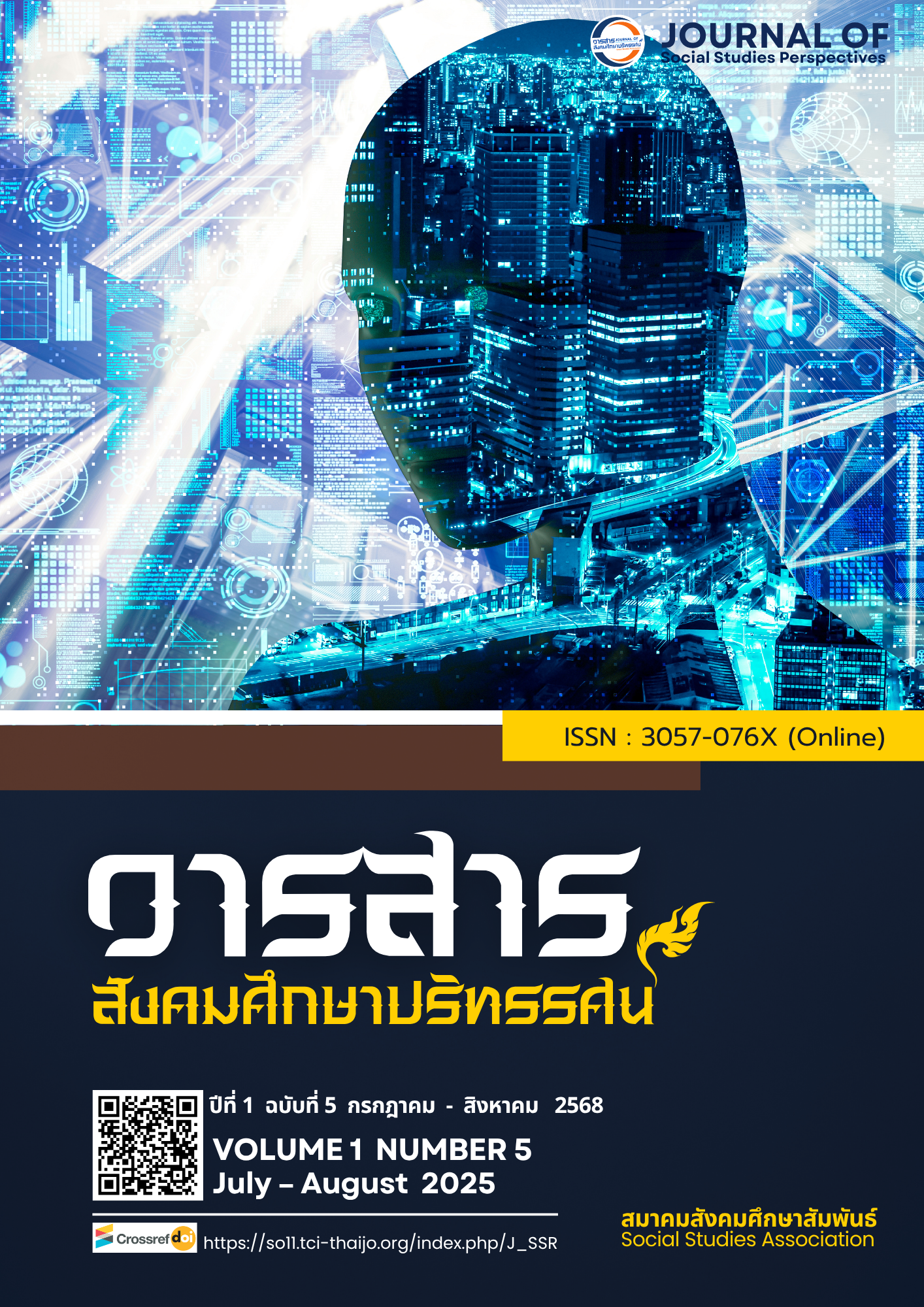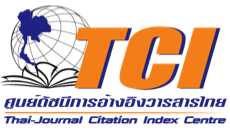The Role of Public Policy in Reducing Economic Inequality in Thai Society
DOI:
https://doi.org/10.64186/jsp2391Keywords:
public policy, economic inequality, distributive justice, welfare state, document analysisAbstract
This research article aimed to 1) explore the development and trends of public policies aimed at reducing economic inequality in Thailand, 2) analyze the roles and effectiveness of those policies in addressing economic inequality across various dimensions, and 3) propose sustainable policy approaches that could realistically lessen economic inequality. A qualitative research approach was used, grounded in the concept of distributive justice by Rawls and ideas from welfare state theory. The target data consisted of 45 documents, including academic papers, policy reports, and government publications, selected through purposive sampling. The main research tool was a document analysis framework adapted from Bowen and Yin, and content analysis was employed along with narrative interpretation. Findings revealed that, first, the development of public policies in Thailand has mostly focused on short-term relief measures, with limited integration into long-term structural planning. Second, many policies tend to focus more on alleviating hardship than closing deeper systemic gaps—often lacking proper monitoring, evaluation, and public participation mechanisms. Third, it is recommended that future policy design should be flexible, tailored to local contexts, and include fairness indicators—not just overall income measures—as part of the evaluation process. This research contributes practical knowledge for designing more targeted and effective public policies, improving policy administration, and supporting long-term welfare state reform efforts in Thailand.
References
Bowen, G. A. (2009). Document analysis as a qualitative research method. Qualitative
Research Journal, 9(2), 27–40.
Durongkaveroj, W. (2025). Tolerance for inequality in Thailand. Cogent Economics & Finance,
(1), Article 2461597.
Jenmana, T. (2018). Democratisation and the emergence of class conflict: Income inequality
in Thailand, 2001–2016 (WID.world Working Paper No. 2018/15). WID.world. Retrieved
March 25, 2024, from https://wid.world/document/extreme-inequality-democratisation-and-class-struggles-in-thailand
Meemon, N., Zhang, N. J., Wan, T. T. H., & Paek, S. C. (2022). Income inequality in Thailand: A
relative poverty approach. Asia Pacific Social Science Review, 22(3), 68–79.
National Economic and Social Development Council. (2024). NESDC economic
report. Retrieved July 1, 2024, from
https://www.nesdc.go.th/nesdb_en/article_attach/article_file_20240613100201.pdf
Shatnataphat, C. (2024). Inequality in Thai society: Challenges and adaptations toward
equality. Journal of Social Studies Perspectives, 1, 99–114.
Sitthiyot, T., & Holasut, K. (2024, February). Income distribution in Thailand is scale invariant
[Preprint]. arXiv. Retrieved March 25, 2024, from https://arxiv.org/abs/2402.01141
Sitthiyot, T., & Holasut, K. (2024, February). Quantifying fair income distribution in Thailand
[Preprint]. arXiv. Retrieved March 25, 2024, from https://arxiv.org/abs/2404.09629
Sorsa-ard, K., Khanthong, C., Khodchawong, N., Thongklom, O., & Srichuangchote, R. (2025).
The welfare needs of low-income elderly in Takram En Subdistrict Administrative
Organization, Kanchanaburi Province. Journal of Social Studies Perspectives, 1(2),
–74.
Sudswong, W., Plangprasopchok, A., & Amornbunchornvej, C. (2021). Occupational income
inequality of Thailand: A case study of exploratory data analysis beyond Gini
coefficient [Preprint]. arXiv. Retrieved March 25, 2024, from
https://arxiv.org/abs/2111.06224
Thailand Development Research Institute (TDRI). (2020). Thai inequality: What we should
know. Thailand Development Research Institute. Retrieved March 25, 2024, from
https://tdri.or.th/en/2020/01/thai-inequality-what-we-should-know
Warr, P., & Yusuf, A. A. (2025, April). Structural change and income inequality: Evidence from
Thailand (Working Paper No. 2025/062). Australian National University. Retrieved
March 25, 2024, from https://doi.org/10.2139/ssrn.4757493
World Bank. (2023). Bridging the gap: Inequality and jobs in Thailand (APSD Brief). World
Bank. Retrieved March 25, 2024, from
World Inequality Lab. (2019). Extreme inequality, democratisation and class struggles in
Thailand (Issue Brief 2019/1). WID.world. Retrieved March 25, 2024, from
https://wid.world/document/extreme-inequality-democratisation-and-class-struggles-in-thailand
Yin, R. K. (2016). Qualitative research from start to finish (2nd ed.). Guilford Press.
Published
How to Cite
Issue
Section
Categories
License
Copyright (c) 2025 Journal of social studies perspectives

This work is licensed under a Creative Commons Attribution-NonCommercial-NoDerivatives 4.0 International License.
The article is published under the Creative Commons Attribution-NonCommercial-NoDerivatives 4.0 International (CC BY-NC-ND 4.0) license, which allows others to share the article while giving appropriate credit to the author. It prohibits the use of the article for commercial purposes or the creation of derivative works. Any other reuse or reproduction requires permission from the journal.










